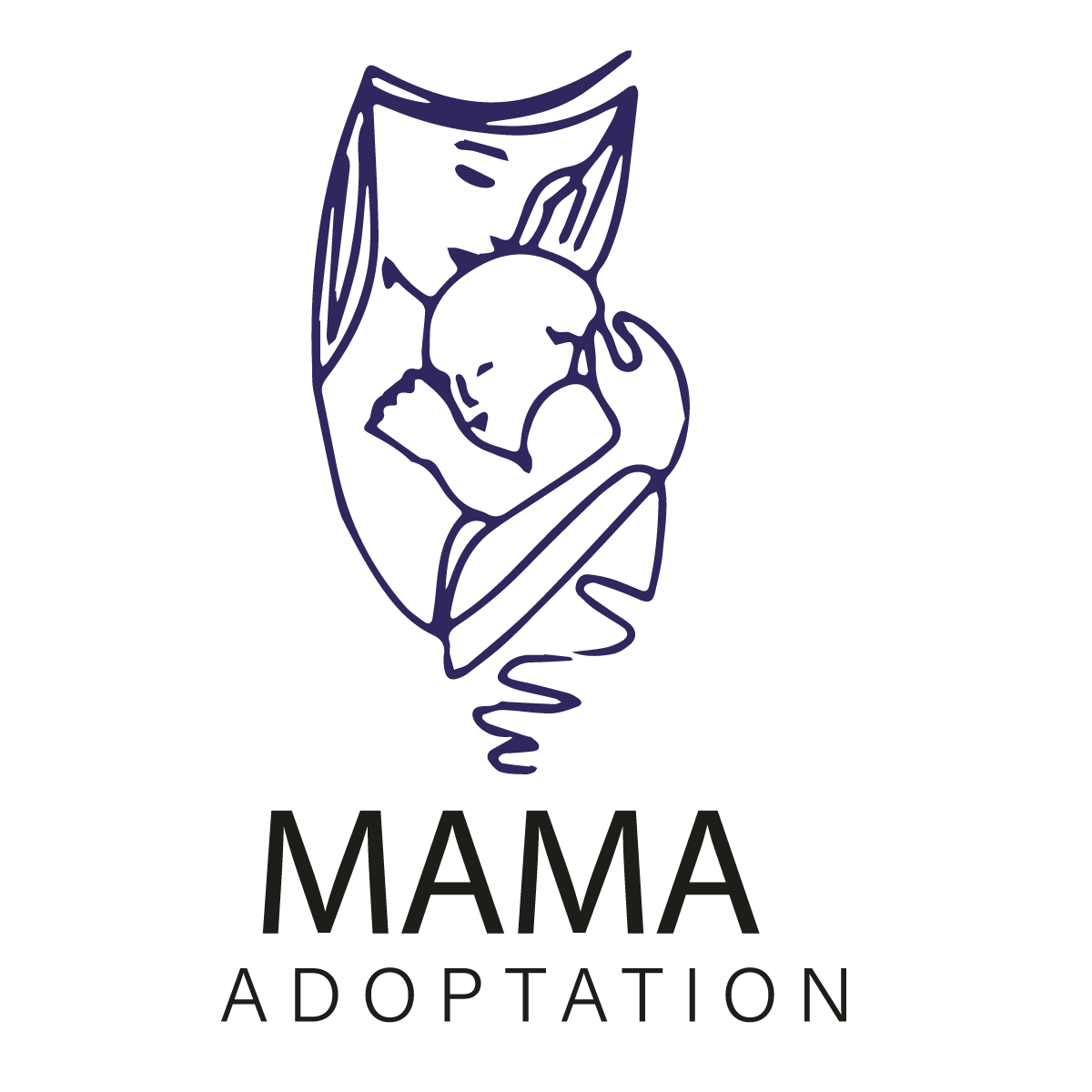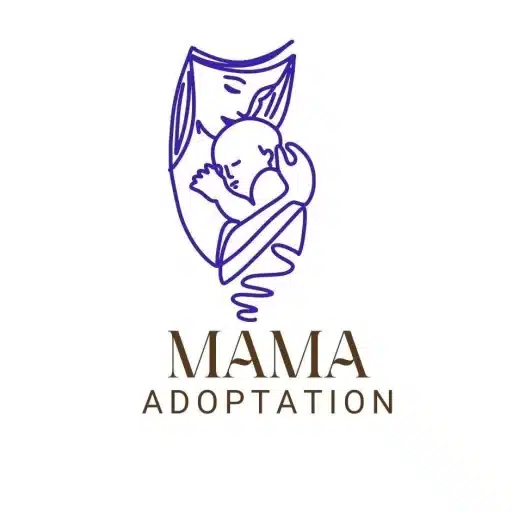Pregnancy Due Date Calculator
Try Our Easy-To-Use Pregnancy Due Date Tool And Get Your Baby’s Estimated Due Date Instantly!
Congratulations! You’re on an exciting journey toward meeting your little one, and like many expecting parents, you’re probably wondering: “When will I give birth?”
But hey!
Pregnancy due date calculator isn’t just for pregnant women! Women who are trying to conceive can also use it to estimate potential due dates and plan their pregnancies.

According to the American College of Obstetricians and Gynecologists, accurately predicting the expected delivery date is important for both prenatal care and postnatal outcomes, it can help you prepare for labor and the baby’s arrival. You can start planning your maternity leave, packing your hospital bag, and arranging childcare. Along with that knowing your due date can help you schedule prenatal appointments and prepare for any potential complications.
You can do this all by using a pregnancy due date tool like the pregnancy due date calculator or an EDD calculator (Expected Due Date) which allows you to calculate the due date based on the first day of your last period or other methods. It gives you a clear estimated due date (EDD), aligning you with a pregnancy timeline calculator to monitor your pregnancy week by week.
“Estimated due date (EDD) is a calculated date that predicts when a pregnant woman is likely to give birth. It’s determined by adding 280 days (9 months and 7 days) to the first day of the last menstrual period (LMP).”
Mamaadoptation’s easy-to-use pregnancy due date tool helps you calculate your due date accurately and helps you plan your pregnancy timeline with more certainty.
So how does it work? Simply enter your details, and we’ll calculate your expected delivery date instantly!
Excited to Meet Your Baby? Let’s Calculate Your Due Date!
How Estimated Due Date (EDD) is Calculated
A pregnancy due date is calculated based on two simple pieces of information: the first day of your last menstrual period (LMP) and the average length of your menstrual cycle.
“The first day of your last period gives a reliable starting point to predict your baby’s arrival,” says many healthcare providers.
The cycle length is also important because not everyone has a 28-day cycle. If your cycle is longer or shorter, this can shift the calculation slightly.
For example, if your cycle is usually 30 days, you may ovulate a bit later, which could push your estimated due date forward by a couple of days.
This simple method helps expecting parents feel more confident about their expected delivery date and track their pregnancy week by week.
This method provides a reliable estimate of your baby’s arrival, although only about 5% of babies are born exactly on their expected due date. Still, this calculation serves as a valuable guide, allowing expecting parents to prepare for the arrival of their baby.
Track Pregnancy Progress Week by Week
From feeling the first flutter of movement to watching your baby grow, it’s such an amazing feeling for an expecting mom. Tracking your pregnancy progress week by week is a fantastic way to stay informed and excited about your pregnancy countdown.
baby grow, it’s such an amazing feeling for an expecting mom. Tracking your pregnancy progress week by week is a fantastic way to stay informed and excited about your pregnancy countdown.
Each week, different milestones can be expected, from the initial formation of vital organs in the early weeks to the baby’s first movements, often felt between 16 and 25 weeks.
“As the weeks-long journey progresses, the baby grows larger and its bodily systems become more complex.”
This gradual pregnancy line progression is not just about physical growth but also involves preparation for birth, like the baby turning its head down in the later stages.
Calculating pregnancy weeks is especially helpful for expecting parents to connect with their developing baby and prepare for the coming changes.
Use our pregnancy weight calculator to estimate your baby’s weight and see if your weight gain is progressing normally each week.
Other Ways To Calculate Estimated Due Date (EDD)
There are several methods to calculate the Estimated Due Date (EDD), each using different starting points and techniques:
Last Menstrual Period (LMP)
This traditional method calculates the EDD by adding 280 days (40 weeks) to the first day of the last menstrual period. It assumes a regular 28-day cycle with ovulation occurring on the 14th day. This method is widely used due to its simplicity, although it may be less accurate for women with irregular cycles.
Conception Date
If the exact date of conception is known, adding 266 days (38 weeks) to this date can also provide an estimated due date. This method is more precise if the conception date is clear and well-documented.
IVF Transfer Date
For pregnancies achieved through in vitro fertilization (IVF), the EDD can be calculated based on the age of the embryo at the time of transfer. The estimated due date calculation adds 266 days to the transfer date of a day-three embryo, or 263 days for a day-five embryo transfer.
Ultrasound Scan
This method can be used early in pregnancy (7-8 weeks of pregnancy) to estimate the due date based on the size and development of the fetus. Ultrasound dating can be more accurate than the LMP method, especially when performed during the first trimester, as it directly observes fetal growth rather than relying on menstrual cycle statistics.

“Not everyone gets an early ultrasound scan; it is only recommended if your periods are irregular, you’re 35 or older, you have a history of miscarriages or pregnancy complications, or your due date can’t be determined based on a physical exam and LMP.”
Other factors, such as pregnancy milestones, fundal height, and the size of your uterus, can also help determine your due date during prenatal check-ups.
Each of these methods provides a different approach to calculating the EDD, allowing healthcare providers and expecting mothers to choose the most reliable option.
Now that you understand pregnancy due dates and how it is calculated, take time to relax and enjoy your journey of becoming a mother. Choose your baby’s name with your loved ones, prepare for your new family member, and If you’re curious about the gender of your baby, the Chinese Gender Predictor can be a fun way to predict whether you’ll have a boy or a girl based on your age and the month of conception.
Disclaimer: The articles on mamaadoptation.com have been written and reviewed by medical experts. The information provided in these articles is for educational purposes only and is not intended to replace medical advice. Always consult your doctor for specific medical conditions.
Useful Links
Category
© Copyright MAMA - ADOPTATION | News & Magazine
Discover helpful articles, product reviews, and practical parenting tips that will guide you through this amazing journey of parenthood.







